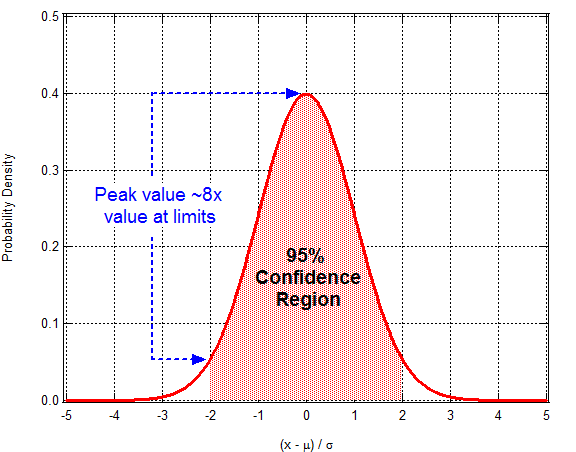Gavin Schmidt on data modeling in general and on modeling for climate science in particular, On mismatches between models and observations:
Just as no map can capture the real landscape and no portrait the true self, numerical models by necessity have to contain approximations to the complexity of the real world and so can never be perfect replications of reality. [Note: I had a stat mech professor who liked to say that “The difference between physicists and physical chemists is that physical chemists know when to approximate.” I am a physical chemist.] Similarly, any specific observations are only partial reflections of what is actually happening and have multiple sources of error. It is therefore to be expected that there will be discrepancies between models and observations. However, why these arise and what one should conclude from them are interesting and more subtle than most people realise. Indeed, such discrepancies are the classic way we learn something new – and it often isn’t what people first thought of.
The first thing to note is that any climate model-observation mismatch can have multiple (non-exclusive) causes which (simply put) are:
1. The observations are in error
2. The models are in error
3. The comparison is flawed
He then touches on observational error, modeling error, and flawed comparison and suggests implications:


